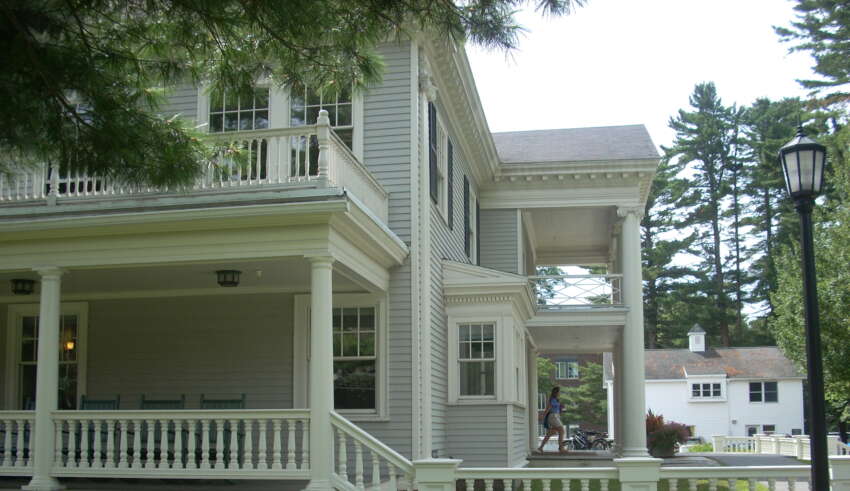
The Hotel Employees and Restaurant Employees Union was formed in 1891, yet it has never been very powerful. Though female membership in the union grew from 2,000 in 1908 to 181,000 in 1950, this rise in women’s membership primarily reflected a feminization of the hotel and restaurant industry and an increase in the number of women waiting on tables. There seems to be little evidence that there has been growing recognition that women laboring in restaurants are particularly in need of collective representation. It is particularly poignant to note that unionization has been absent in the one sector of the restaurant industry where one might expect it to be most needed—that being in the fast-food industry.
Emphasis is placed on useful action within the community: We find little useful action among the Harvey Girls seeking to improve their conditions. Nor is much done by those working inside the Fred Harvey organization or among those outside the organization (such as government officials, journalists, or politicians) who were monitoring this organization. After all, how can you complain about an organization cheerfully featured in a major Hollywood movie? We didn’t hear Judy Garland complain about her working conditions.
Thanks to the Harvey Company, Judy’s character in the movie was saved from an arranged marriage that went awry. Instead of complaining, Judy sings about a fabled railroad line. She eventually falls in love with and marries Trent, her handsome hero. A beautiful Desert sunset brings down the curtain on this sentimental Hollywood portrayal of Harvey Girl life. While the conditions of life and work for the Mill Girls were also portrayed in a musical (Carousel), there were certainly moments of critique in Carousel that would lead one to wonder about abuse or at least inappropriate, paternalistic control by those who owned and operated the mills.
Emphasis is placed on experience-based action within the community: Once again, we must identify the distinguishing characteristics of the specific community we are considering. Within the Harvey Girl community, there is a strong commitment to experience-based action. The new girls were gathered in by those girls who had been around and knew the “ropes” (the Fred Harvey method). With all of Fred Harvey’s focus on doing it the right way, there was the benefit of an established approach to serving the customer that could readily be taught and emulated. The Harvey girls learned from one another—they were not isolated.
Like the women working in New England mills, there was never the sense among the Harvey Girls of being left alone to fend for themselves. This is an important point to be made. While the Mill workers lived under the harshest conditions, they had one another for learning and support. The Harvey Girls were in a better situation. They were rarely subjected to much abuse in their workplace. And like most Mill Girls, the Harvey Girls found themselves in a supportive environment during working days.
When we move outward and attend to the entire Fred Harvey enterprise, we find a learning environment where experience-based actions occur. While the Fred Harvey method became solidified once established, substantial experimentation was done during the founding years. Fred and his colleagues were inventing a new mode of customer service and experimenting with a new family-friendly menu. This, after all, was the untamed American West where the old ways of doing things could be discarded in favor of innovation.







